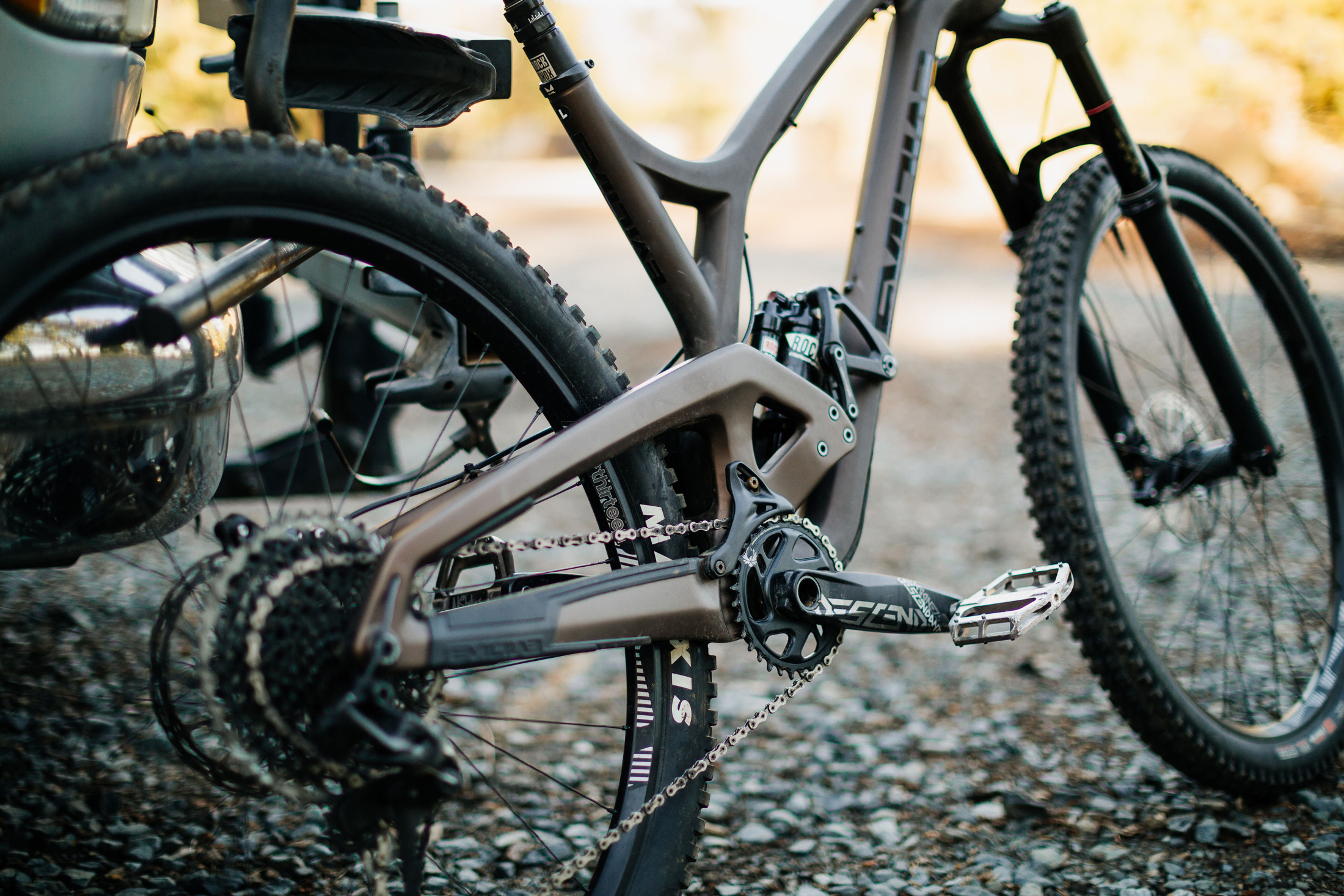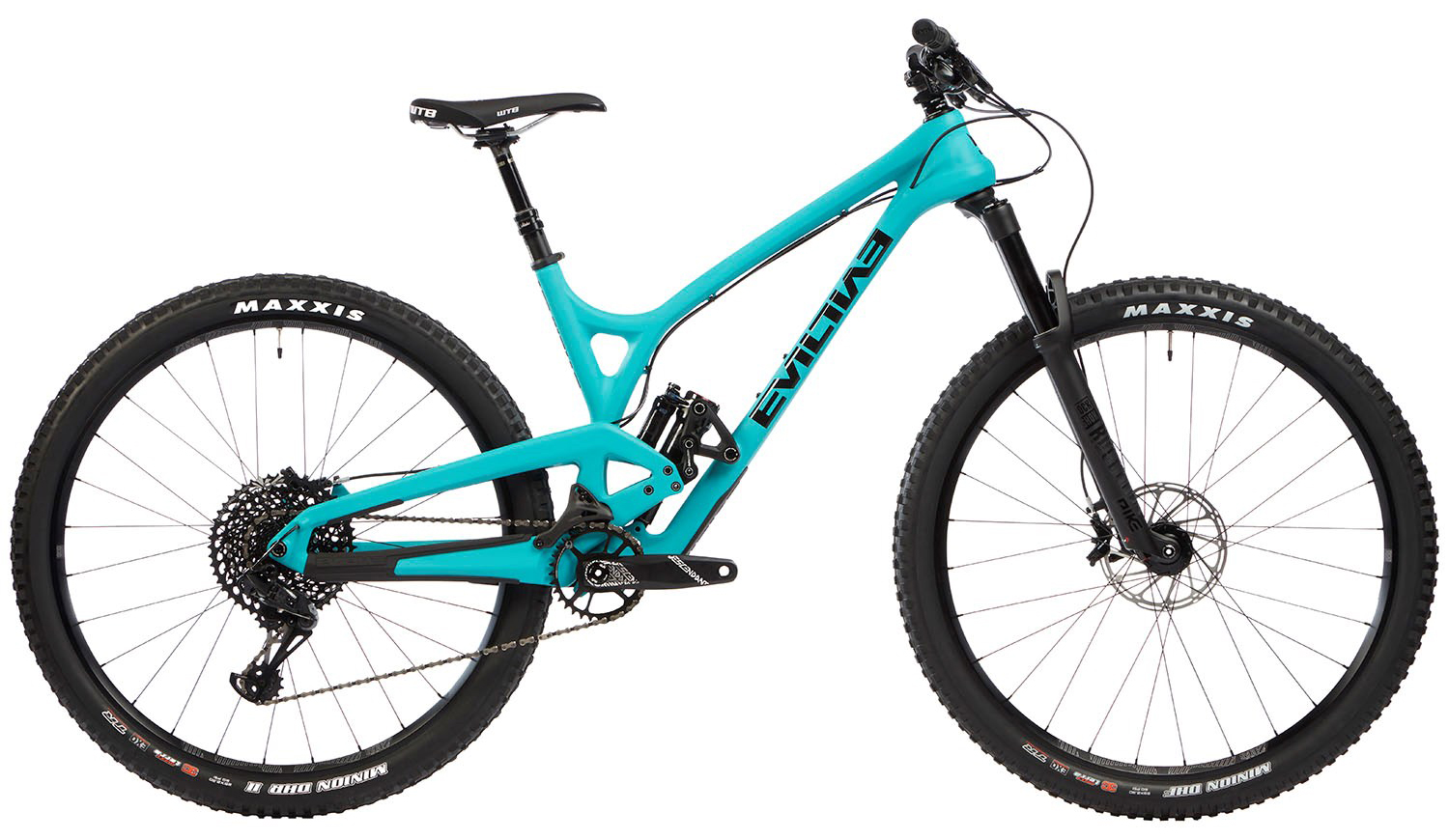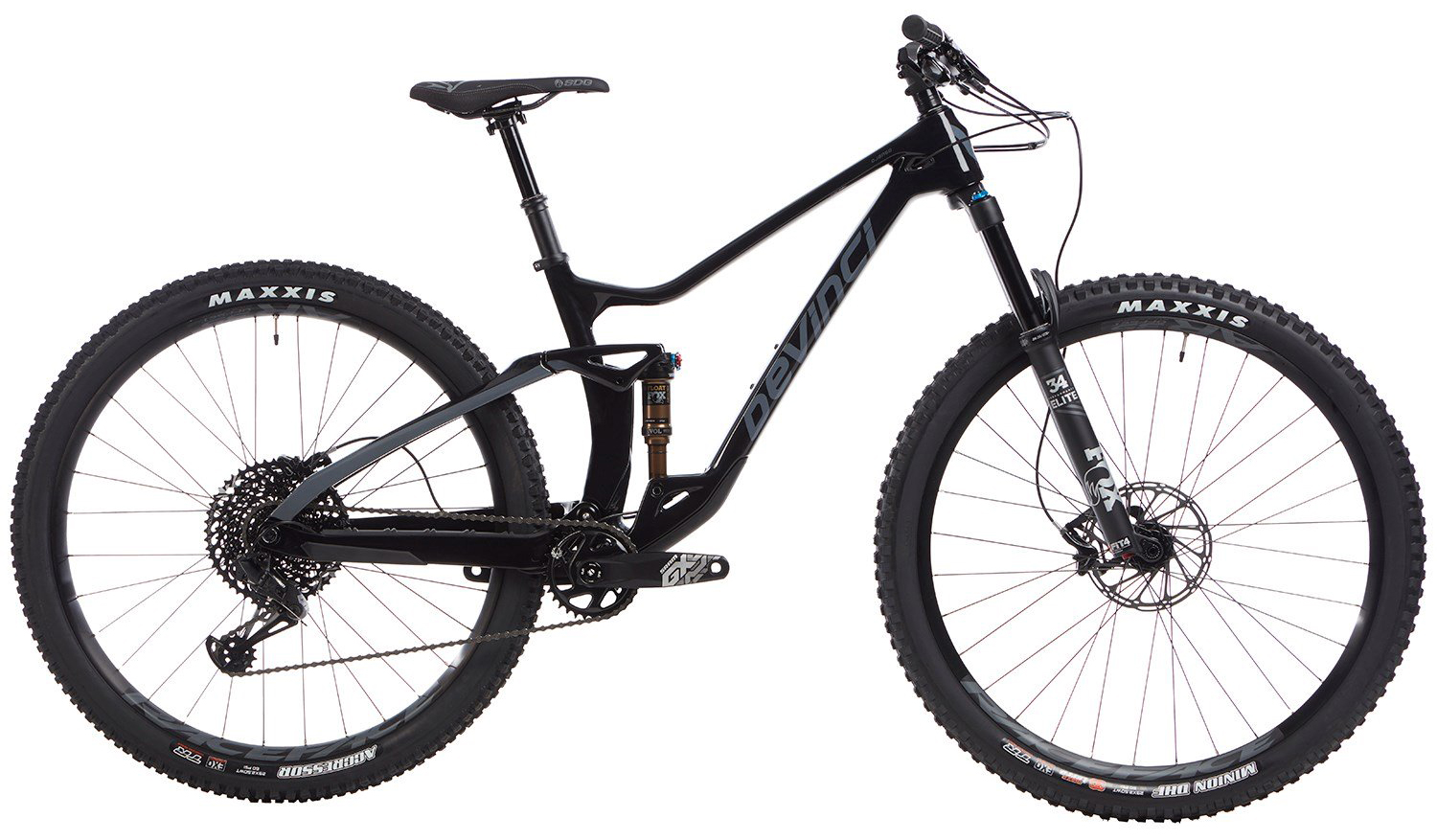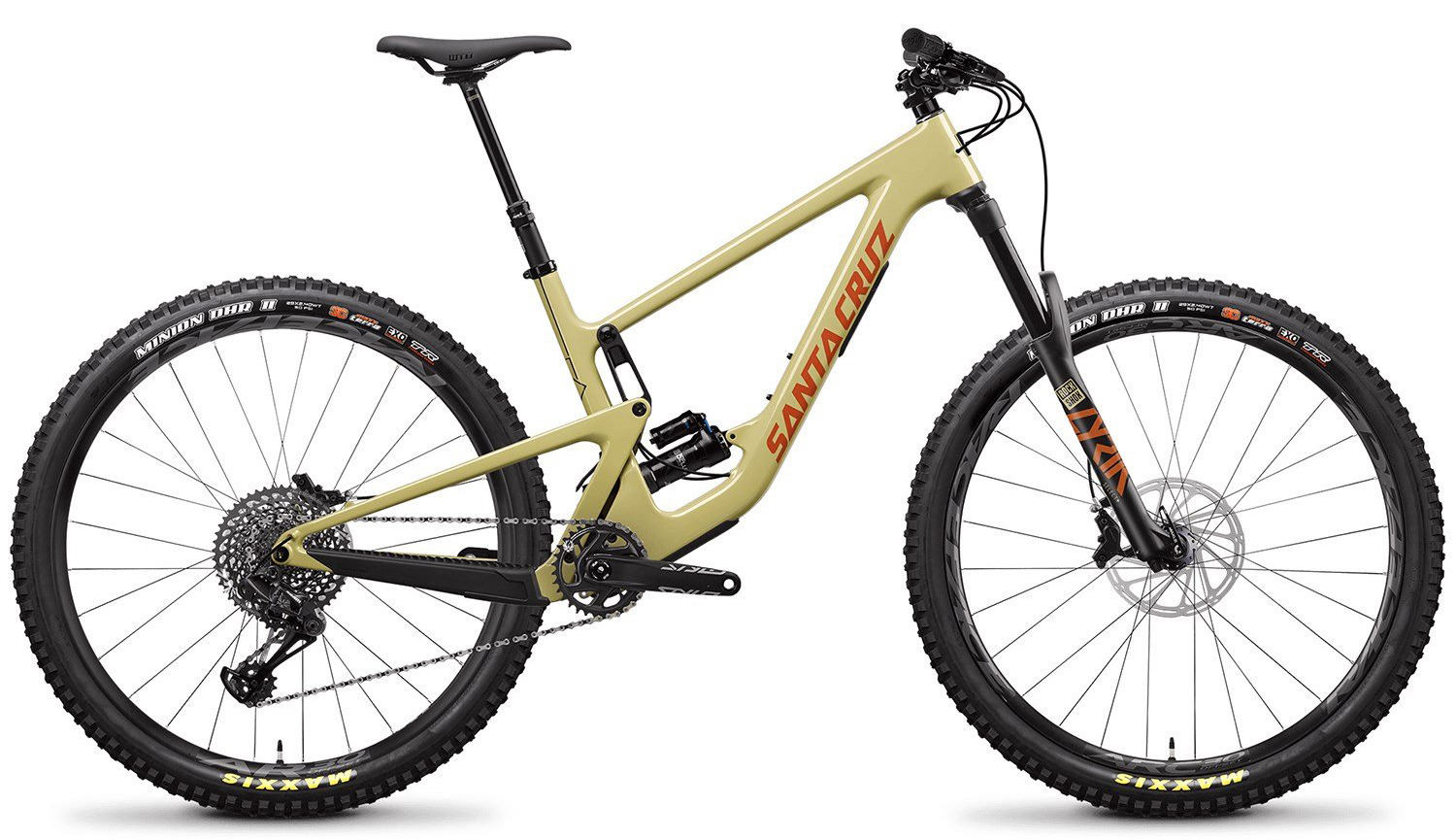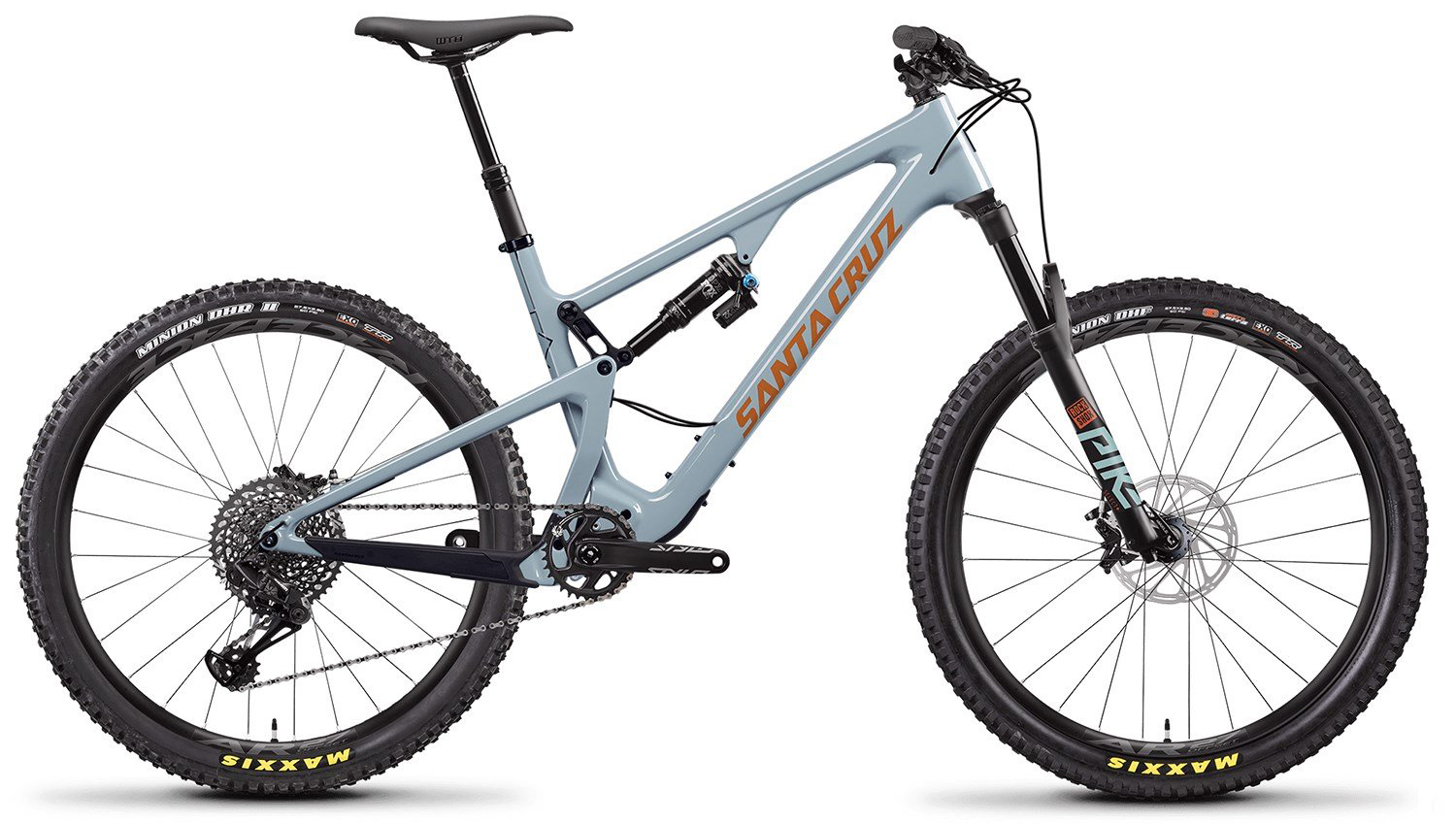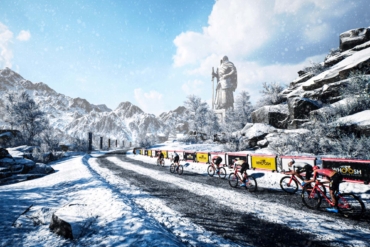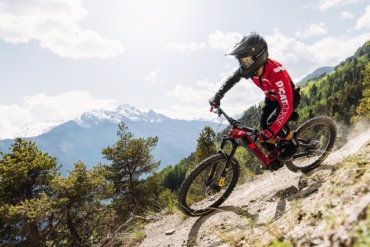So, you’re looking to buy a new mountain bike. That’s an exciting place to be in, but it also has the potential to be frustrating and confusing. And that’s especially true if you’re looking for a trail bike.
The mountain bike industry loves to come up with new categories, buzzwords, and features every year, and it can all add up to a cacophony of contradictory counsel. So we reached out to the folks at evo to parse through the maze of specs, numbers, and specialty bike lingo.
How to Choose a Trail Bike
Picking your new bike doesn’t need to be a chore. Our team here at evo has put together a few fundamental questions you can answer to choose a bike that will leave you laughing every time you ride it.
What Does ‘Trail Bike’ Even Mean?
Before we can get started on the fun part, it’s important to define some terms. The bike industry has struggled for a long time to classify different styles of bikes, and trail bikes are no exception.
Part of that comes from the fact that everyone’s trails are different — the rolling hills of Arkansas reward a different style of bike than the loamy steeps of the Pacific Northwest. And there’s no reason to get your bike shorts in a twist if your definition of a “trail bike” doesn’t fit everyone else’s.
For our purposes, a trail bike is the most versatile bike you can get for your particular region. It’s the one bike you can happily ride on every trail you enjoy.
It’s not an XC race whip or an enduro sled. Instead, it’s a happy medium that can handle a little bit of everything. It can have 29- or 27.5-inch wheels, and anywhere from 120 to 140 mm of rear travel.
So, the first question to ask yourself is: What are my trails like? Do a quick mental catalog of your favorite rides, the trails that you find yourself on the most. Are they mostly smooth, rolling singletrack? Or are they steep, rocky, and technical, with long climbs followed by gnarly descents?
The more challenging and technical your average ride is, the more travel you should be looking for from your trail bike.
What Wheel Size Should You Get?
Right now, there are two main mountain bike wheel sizes: 29-inch and 27.5-inch. They perform pretty similarly, but their differences are both subtle and important.
The smaller 27.5-inch wheels are a little easier to turn quickly, can help a bike feel more playful, and are perfect for shorter riders. On the other hand, 29-inch wheels roll over rocks and roots with less effort and deliver more traction.
If you’re not sure what size you’ll prefer, don’t beat yourself up over it. Wheel size isn’t the most important characteristic of a bike. Just find a bike that fits our other requirements regardless of wheel size.
How Much Travel Should My Bike Have?
One of the funniest things about the bike industry is that we measure wheel size in inches but measure wheel travel in millimeters. Generally, the more travel a bike has, the more comfortable it will be on steeper, more technical trails.
On the flipside, bikes with less travel are usually more efficient climbers and feel more snappy when pedaling.
However, travel doesn’t tell the full story. Suspension designers can tweak the bike’s geometry to create long-travel bikes that pedal shockingly well and short-travel bikes that feel remarkably plush.
When deciding how much travel you want, it’s a good idea not to get hung up on a specific number, but rather to find a range that will work for you.
Generally, for riders on smoother trails and those who prioritize the climb over the descent, trail bikes in the travel range of 120-130 mm will be best. For those who care the most about the down and ride more technical trails, 130-140mm frames are a good place to start.
It’s important to remember that while your rear travel may be fixed, your fork’s travel isn’t. Some brands spec forks that have 20 or even 30 mm more travel than the frame. This allows them to punch above their weight in gnarly terrain while still being efficient.
So think of your bike’s overall travel as the average of its front and rear travel numbers.
Components
Finally, when shopping for a new trail bike, the components make a big difference and are often overlooked. It’s sort of like your bike helmet. Sure, it matters how it looks, but its performance is the most important goal.
The nice thing about components is that they’re easy to upgrade. The downside is that you generally get a better deal on bike parts by buying a complete bike rather than upgrading.
For example, it’s cheaper to buy a bike with SRAM GX components over the lower-tier NX than it is to upgrade all the NX parts individually to GX.
On trail bikes, there are two main components to pay attention to: drivetrain and brakes. Suspension components are important as well, but that discussion dives quickly into nuance. Most mountain bikes, even entry-level models, now come with a 1×12 speed drivetrain. That’s awesome, so don’t settle for less — or, in this case, don’t settle for more gears.
Front derailleurs have no place on modern trail bikes. Most entry-level bikes come with SRAM’s SX Eagle or Shimano’s Deore. Both drivetrains are great values for how much they cost, and as parts wear you can upgrade them one by one.
When it comes to brakes, there are two things to look out for: the number of pistons and the resin compound. If you live somewhere with mellow, flowing trails, you don’t really need to worry about your brakes. But if you often ride steep, long descents, four-piston brakes will do a much better job of slowing you down than two-piston ones.
Meanwhile, some beginner brakes come with rotors that only work with resin pads. If that’s the case, you’ll have to buy new rotors to use the much more powerful metallic pads. It’s not an expensive upgrade, but it’s worth factoring in.
What Does It All Mean?
The most important thing to do before you start shopping for a new bike is to define what you want from it. What kind of trails do you want it to excel on?
Once you’ve figured that out, you can use these guidelines to narrow down the options and choose a bike that’s perfect for you. To help kick things off, we have a list of some of our favorite trail bikes below.
Evil Offering GX Eagle: $5,219 (on Sale)
Wheel size: 29 inches
Travel: 140 mm (front), 140 mm (rear)
Components: SRAM GX Eagle
Devinci Django Carbon 29 GX 12s: $4,679 (on Sale)
Wheel size: 29 inches
Travel: 140 mm (front), 120 mm (rear)
Components: SRAM GX Eagle
Santa Cruz Bicycles Hightower C S: $5,199
Wheel size: 29 inches
Travel: 150 mm (front), 140 mm (rear)
Components: SRAM GX Eagle
Santa Cruz Bicycles 5010 C S: $4,899
Wheel size: 27.5 inches
Travel: 130 mm (front), 130 mm (rear)
Components: SRAM GX Eagle
Marin Alpine Trail 7: $2,399
Wheel size: 29 inches
Travel: 160 mm (front), 150 mm (rear)
Components: Shimano SLX Eagle
Juliana Maverick C S Women’s Mountain Bike: $5,199
Wheel size: 29 inches
Travel: 150 mm (front), 140 mm (rear)
Components: SRAM GX Eagle
This article is sponsored by evo. Check out the mountain bikes offered on the platform here.



